Are you interested in trading currencies on the foreign exchange market? Forex trading is an exciting and potentially lucrative way to make money, but it can also be risky. To help you get started, this article will provide an overview of the basics of forex trading. From understanding what forex trading is to how to make successful trades, we'll cover everything you need to know about forex trading. Read on to get started!Forex Trading is an international market for buying and selling currencies.
It’s also known as FX or currency trading and is one of the largest, most liquid financial markets in the world. It enables investors to speculate on the movement of one currency against another and to make profit from fluctuations in exchange rates. In Forex trading, traders buy and sell currencies in pairs, such as the euro and US dollar (EUR/USD).The participants in the Forex market include large banks, central banks, commercial companies, investment firms, hedge funds, and retail investors. Banks and other financial institutions account for the majority of the trading volume in the market.
They are involved in buying and selling currencies for their own accounts or on behalf of their customers. In Forex trading, how it works is that traders open a position by buying one currency and selling another. They then close the position by selling the first currency and buying the second. Profit or loss is determined by the difference between the prices at which the currencies were bought and sold. For example, if a trader buys the EUR/USD pair at 1.1300 and then sells it at 1.1400 they will make a profit of 100 pips (1.1400 - 1.1300 = 0.0100).Trading in the Forex market carries a certain degree of risk.
Some of the risks associated with Forex trading include liquidity risk, exchange rate risk, political risk, counterparty risk, and margin risk. Liquidity risk occurs when it is difficult to execute trades due to low market liquidity. Exchange rate risk is the risk that exchange rates may move against a trader’s position. Political risk is the risk that a country’s government may impose restrictions on foreign exchange transactions or suddenly devalue its currency.
Counterparty risk is the risk that the counterparty to a transaction may not fulfill its obligations. Margin risk is the risk that a trader may not have sufficient funds to cover a trade’s margin requirements. Traders make money in Forex markets by taking advantage of changes in exchange rates. They can do this by opening long or short positions depending on their expectations of the market direction. Long positions involve buying one currency and selling another, while short positions involve selling one currency and buying another.
Traders can also use leverage to increase their potential profits by trading more than they have in their accounts. Traders use various tools and strategies to help them make decisions about when to enter and exit trades. These include technical analysis tools such as chart patterns, moving averages, Bollinger bands, Fibonacci retracements, momentum indicators, and oscillators. They also use fundamental analysis tools such as economic news releases, macroeconomic data, political developments, and central bank policy announcements. In Forex trading there are several types of orders available to traders such as market orders, limit orders, stop-loss orders, trailing stops, and take-profit orders. Market orders are executed immediately at the current market price while limit orders are executed at a specific price level or better.
Stop-loss orders are used to limit losses while trailing stops are used to protect profits. Take-profit orders are used to lock in profits when prices reach a certain level. Trading Forex has several advantages compared to other financial markets such as stocks and futures. These include higher liquidity which allows traders to enter and exit trades quickly and at favorable prices; lower transaction costs due to no commissions or exchange fees; greater flexibility due to being able to trade 24 hours a day; and greater potential for significant profits due to leveraging. When trading Forex it is important to practice risk management in order to protect capital. Risk management includes setting stop-loss orders at predetermined levels; limiting leverage; diversifying across different currency pairs; using hedging strategies; diversifying across different timeframes; and monitoring exposure across different currency pairs.
By following these tips traders can limit their losses and maximize their chances of success in the Forex market.
The Benefits of Trading Forex
The potential benefits of trading Forex are numerous. High liquidity, low transaction costs and the potential for significant profits are all advantages of trading in the Forex market. With the right knowledge and trading strategies, an investor can make a significant return on their investments. The biggest benefit of trading Forex is the high liquidity of the market.This means that investors can easily enter and exit trades without having to worry about the availability of funds. This makes it easy to take advantage of short-term opportunities in the market. Another benefit is that transaction costs are much lower than those associated with other financial markets. This makes it more accessible to both experienced and novice traders alike. In addition, traders can trade from anywhere in the world as long as they have an internet connection. Finally, the potential for significant profits is what makes Forex trading so attractive.
Traders can use leverage to increase their returns on their investments. This means that they can potentially make more money than they would if they invested in other markets. Overall, trading Forex can be a lucrative investment opportunity for those who understand the markets and have the right strategies. The high liquidity, low transaction costs and the potential for significant profits make it an attractive option for traders of all levels.
What You Need to Get Started in Forex Trading
Getting started in Forex trading can be an intimidating prospect, but with the right preparation and knowledge, it's easier than you think. To get started, you'll need to find a trading platform that meets your needs.A trading platform is a software interface that allows users to access the financial markets and execute trades. There are several different types of trading platforms available, including desktop platforms, web-based platforms and mobile apps. Each type of platform has its own advantages and disadvantages. For example, desktop platforms are more powerful and feature-rich, but they also require installation and maintenance. Web-based platforms are convenient and don't require any software installation, but they may not have all of the features that desktop platforms offer.
Mobile apps are great for on-the-go trading, but they may not have all of the features and tools found on desktop and web-based platforms. Once you've chosen a trading platform, you'll need to select a broker. There are many brokers available, so it's important to do your research and compare fees, commission structures, leverage and customer service. Generally speaking, lower fees will lead to higher profits, so look for brokers that offer competitive fees. Additionally, make sure the broker offers adequate leverage for your trading strategy, as this can have a significant impact on your profits. Finally, customer service is an important factor when selecting a broker.
Make sure the broker offers reliable customer support through a variety of channels such as email, phone and live chat. By following these tips, you should be able to find a trading platform and broker that meet your needs and help you achieve success in the Forex market. In conclusion, forex trading can be a lucrative opportunity for investors due to its high liquidity, low transaction costs and potential for significant profits. To get started, potential investors should do their research and develop a comprehensive risk management strategy. By taking the time to understand the forex market and choosing the right broker, traders can become more successful in their investments. By following the guidelines discussed in this article, traders can increase their chances of success and make more informed decisions when it comes to forex trading.
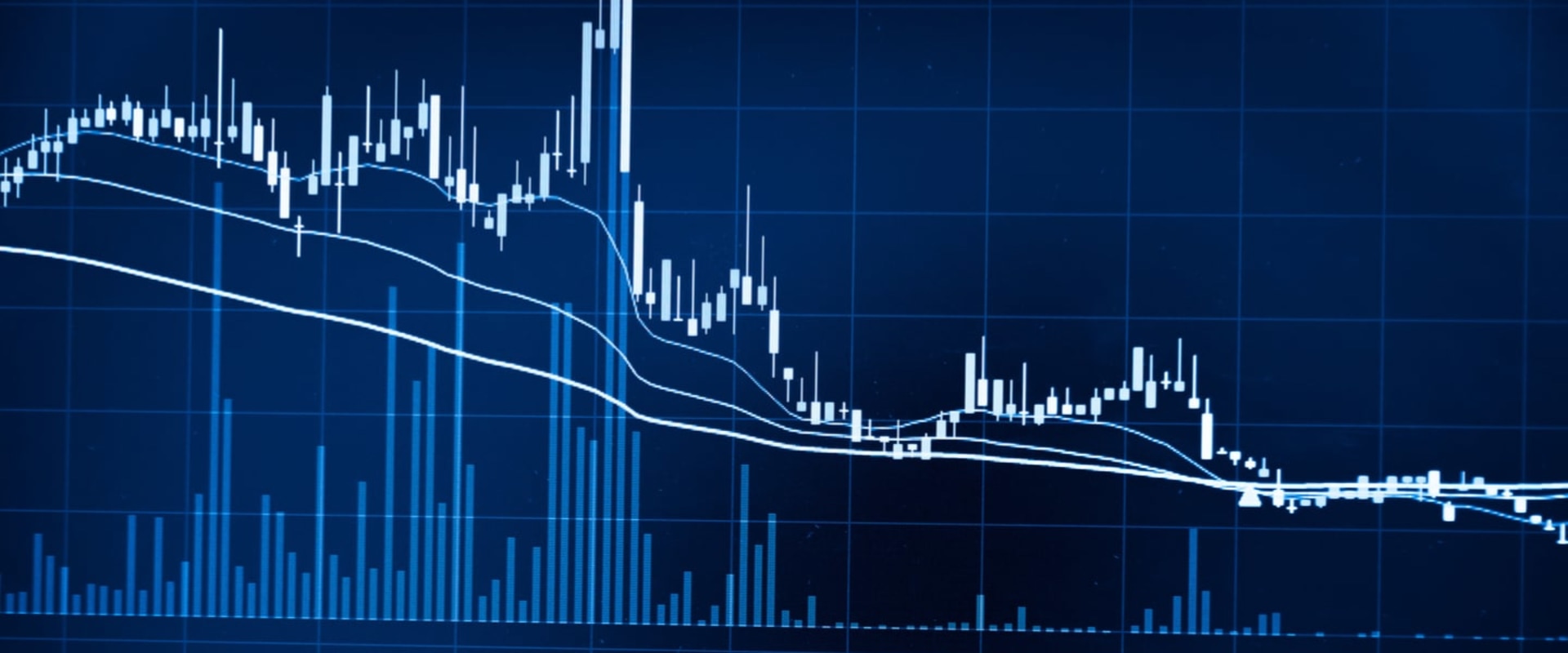
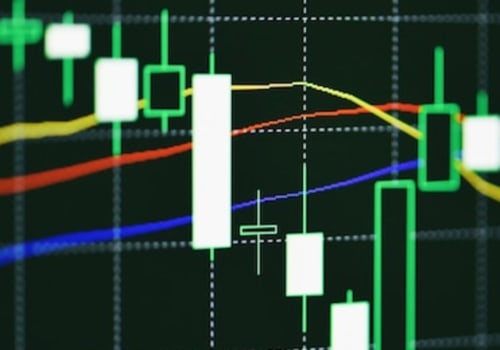
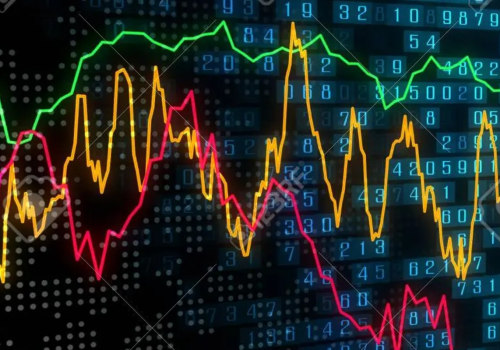
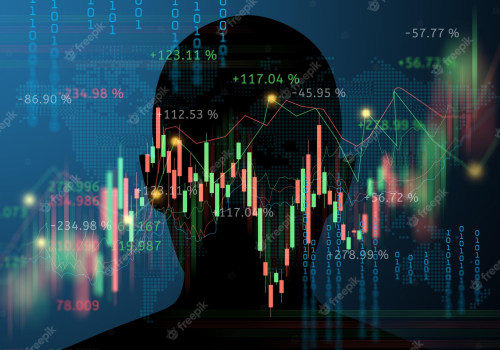
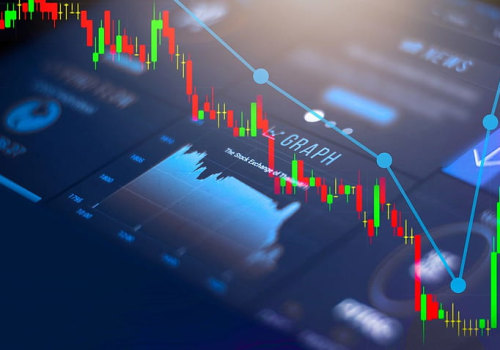
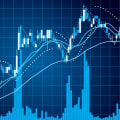
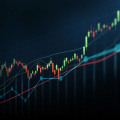
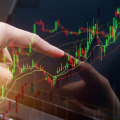
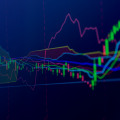
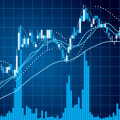

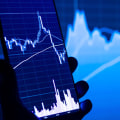
Leave Reply